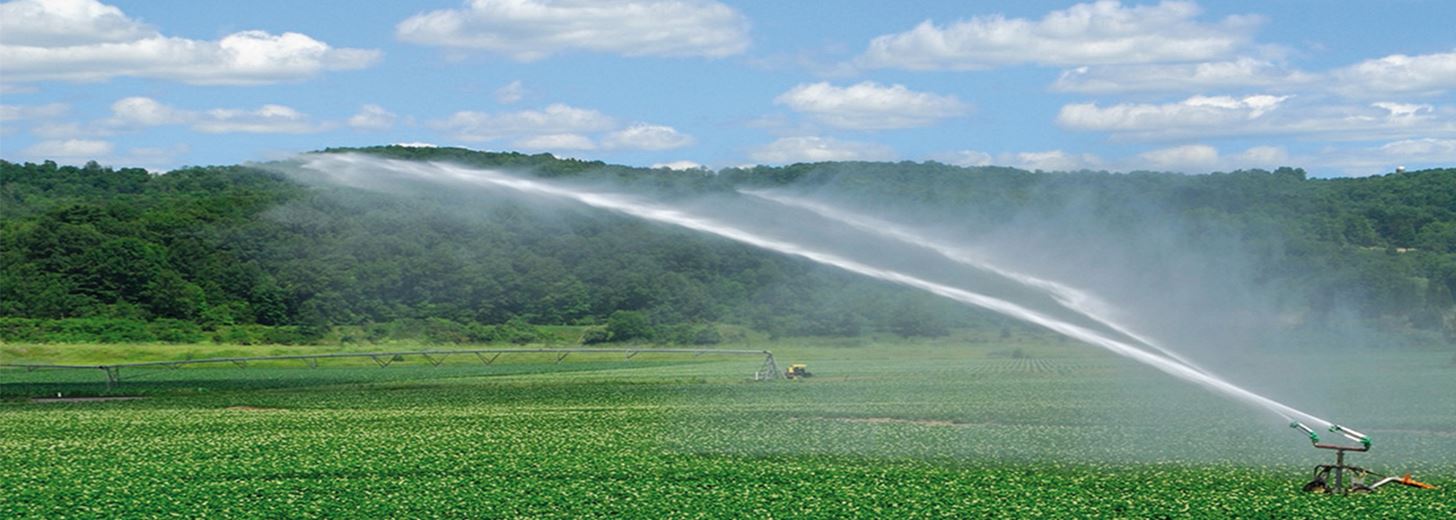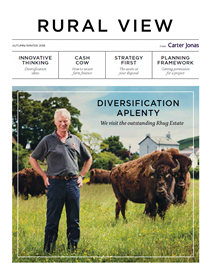From summer through winter 2019, conditions were wet throughout the UK with devastating flooding evident into March 2020. As at 28th February 2020, it was recorded that 290,000 hectares were still to be planted, with the area of land left fallow expected to be up by at least 50% compared to 2019.
We are now just three months on, and weather situations have completely changed. Scenes which at first are reminiscent of sand being blown over a road in the desert in the Middle East are, in fact, topsoil on a road in rural Lancashire – a result of the combination of the lack of rainfall and high winds at the end of May. After February being the wettest on record, East Anglia up to the 24th May managed barely 2mm of the usual monthly tally of 50mm, a few areas such as Cavendish in Suffolk, Marham in Norfolk and Wittering in Cambridgeshire have recorded less than 0.5mm of rain .
Farmers in Essex are irrigating their cereal crops – this is a sign of the times. Recent inspections of arable land, where cereal crops would usually be above knee height at this stage in the growth cycle, in some instances are much below. This raises the question as to what straw availability and price will be like in the winter and into 2021.
Farmers in Essex are irrigating their cereal crops – this is a sign of the times.
It goes without saying that those farmers with the means and ability to irrigate are at a distinct advantage – such infrastructure is worth its weight in gold. That said, there is such pressure on water courses that the Environment Agency may, as they have previously done, limit water abstraction in certain areas to the night and in the early morning.
Previously we assisted a client, a potato farmer, to acquire a water abstraction licence from an adjacent water course, a process that took over seven months and attracting a £1,500 application / advertisement cost. It is difficult to predict how beneficial this will be with commodity and vegetable prices impacted by the current pandemic, however it can only help to ensure that the crops are as productive as possible.
Previously we assisted a client, a potato farmer, to acquire a water abstraction licence from an adjacent water course, a process that took over seven months and attracting a £1,500 application / advertisement cost.
The process, from experience, is far from straight forward each application entails substantial bureaucracy and, in some cases, an Environmental Impact Assessment.
If you do not benefit from an adjacent water course, there are other options available whether it be through the construction of a reservoir or the provision of a bore hole.
With the construction of reservoirs, there are often opportunities for the extraction or importation of material which can itself present a financial gain. However, it is important that the correct procedures are followed, and we advise you to seek advice from our Minerals & Waste Management team before pursuing this option.
For more information on options for acquiring a water abstraction licence or installing a reservoir, contact Jack Sharpe or your local Carter Jonas office.
This edition is all about rural diversification, something many farmers and estate owners are looking to expand on.
Inside you will find the most fashionable diversification themes, case studies from farmers and estate owners who have successfully diversified, essential planning advice for diversification projects and top tips for success. We hope you enjoy this bumper packed issue.
To read more articles like the one above click the link below to download the full publication.
Latest news
- DEFRA has today opened the Improving Farm Productivity grant
- Carter Jonas Reports Half Year Results for 2020
- Carter Jonas Strengthens Rural South West Team With Senior Appointment
- Battery Energy Storage
- Carter Jonas signs-up to Time to Change initiative
- Raft of Promotions at Carter Jonas
- Carter Jonas Achieves Gold Investors In People Accreditation
- Newbury Straw Sale met with Selective Trade as Spring Approaches
- Newbury Straw Sale met with buoyant trade






